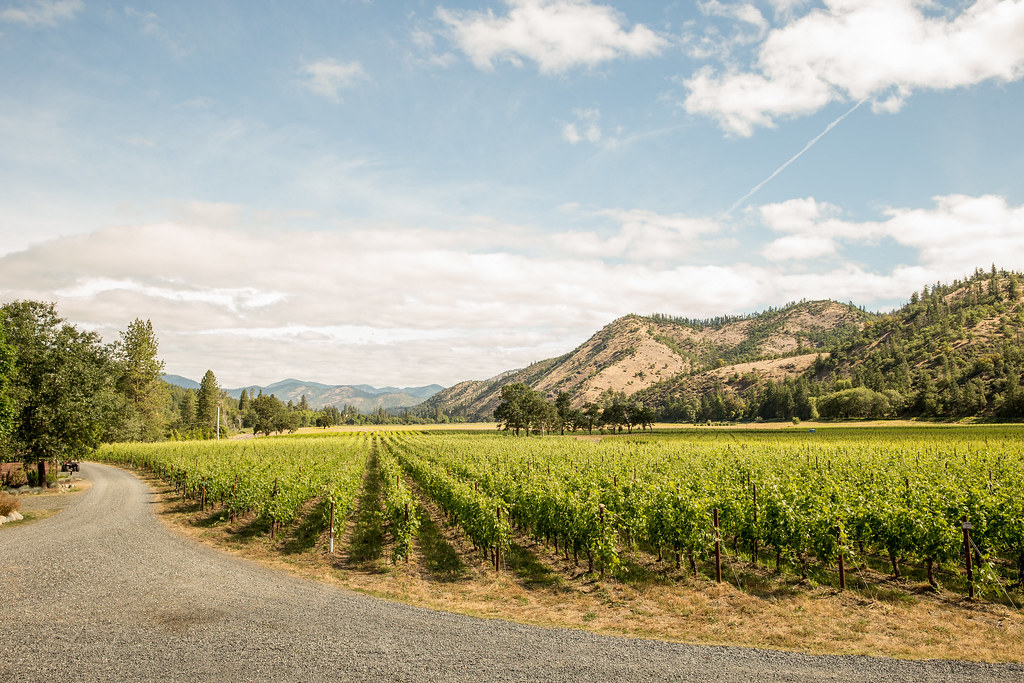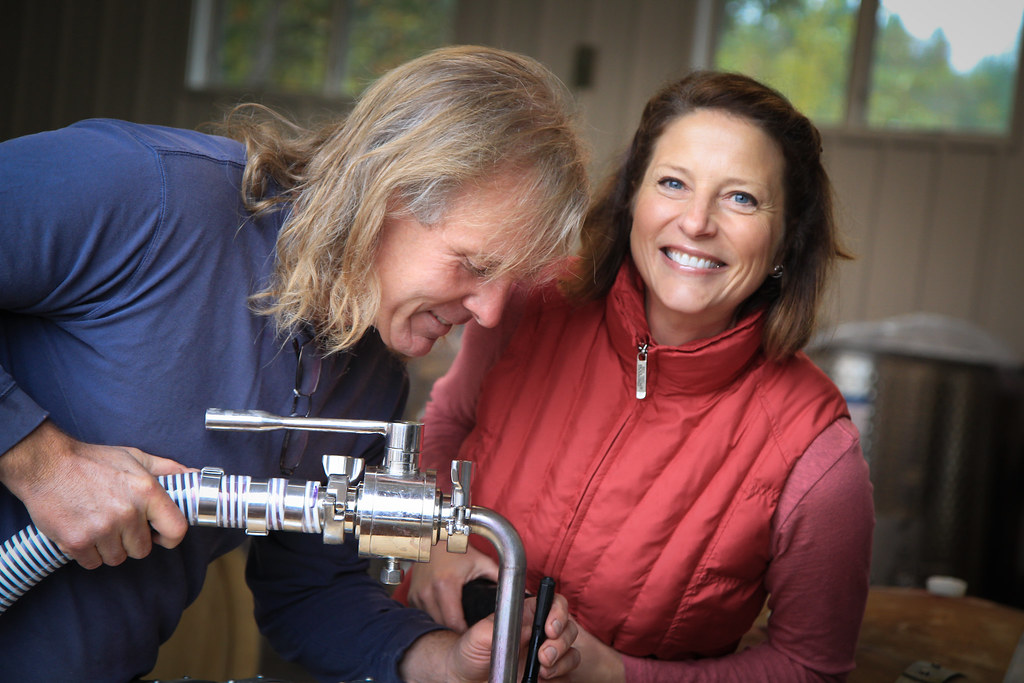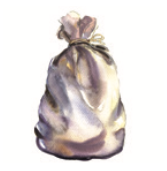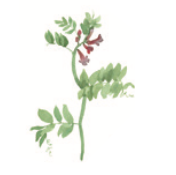Biodynamic vintners hone ancient farming methods to grow some of the most unique grapes in the state.
By Maya Seaman
So what’s burying a cow horn got to do with a great wine? Tour a Biodynamic winery and such a question might not actually seem so odd. Part Biology 101, part esoteric farming tradition, “Biodynamics” refers to a natural crop management technique that’s becoming increasingly common with Oregon winemakers. As of 2019, Oregon accounts for 52% of all Demeter Certified Biodynamic acreage in the country. In general, Oregon is a leader in sustainable practices, with over 9,705 of nearly 42,000 planted vineyard acres (23.16%) being LIVE-certified.

Despite the growing footprint, Biodynamic practices remain mysterious. It’s a conundrum Bill Steele, former owner of Cowhorn Vineyard and Garden in Jacksonville, finds himself explaining a lot. “Biodynamic farming is the way farming was done for thousands of years, prior to the industrial agricultural revolution in the 1920s,” he says.
In fact, even seemingly unorthodox techniques used by Biodynamics practitioners—like planting according to moon phases—can actually be traced to the traditional Old Farmer’s Almanac. The goal is to treat the vineyard like a living organism, restoring balance to the land by supporting a healthy, self-sustaining ecosystem. And whereas organic farming might utilize resources outside of a farm, a Biodynamic operation distinguishes itself by using only what’s available on the land.

Fertilizing, for instance, is achieved from natural compost applications and field sprays called “preparations.” One such concoction involves packing manure into a cow horn. The horn and its contents get buried for six months, then extracted to make a diluted tea that’s applied to the soil. Six months later, a silica-based tea is sprayed on the leaves. “It’s a proactive insertion of stimulants believed to help the plants grow better,” explains Doug Tunnell, owner of Brick House Vineyard in Newberg. “It takes organic farming to the next level.” Even pest control is all natural, delegated to opportunistic raptors, free-range chickens, and beneficial insects that live on the vineyard instead of chemical pesticides.
But adherence to traditional ways has also resulted in the notion that Biodynamics boils down to a kind of voodoo. “In this day and age, the ability to farm without chemicals, to some people, appears to be magic,” says Steele. “But we’re really just common-sense, boring farmers.”
There’s nothing humdrum about the flavors Steele has discovered, who notes his grapes have six unique yeast strains found only on his farm. His wines have a truly unique sense of place—it’s terroir at its finest.
It takes three years to become certified, but Moe Momtazi, owner of Maysara Winery and Momtazi Vineyard in McMinnville, believes the dedication Biodynamics requires is worth it. “When you do healthy things for the plants, it rewards you,” he says. “Your wine is a lot more pure—it tastes so much better.”
Cow Horn

Instead of chemical fertilizers, natural composts are applied to Biodynamic crops. One traditional technique involves placing manure in a cow horn and burying it for six months, then diluting it into a tea that’s applied to the vines’ roots, enriching the soil.
Stag Bladder

Yarrow flowers placed in a stag’s bladder are hung in the summer sun to mature and are buried the following winter. Called Preparation 502, this ancient mixture stimulates beneficial bacteria in the soil to strengthen the young plants against insects and promote flowering.
Chickens

Instead of spraying the vineyard with pesticides, Biodynamic farmers enlist chickens to rid the vines of detrimental cutworms, which are moth larvae that feast on the stems of young plants at ground level.
Cover Crops

To maintain soil health, farmers add a variety of plants to the vineyard, such as herbs, clover, or small grains. Their incorporation helps the soil accumulate nutrients, prevent pest infestation, and promote nitrogen fixation. They will also become green compost for next year’s planting season.


